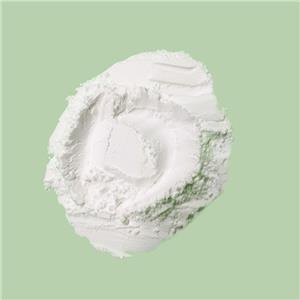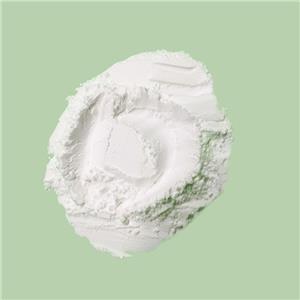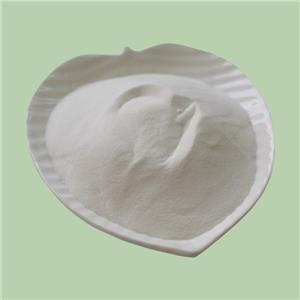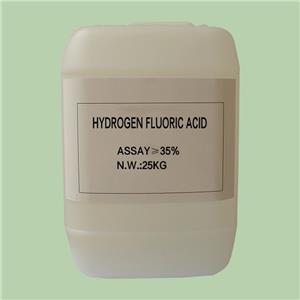How Potassium Bifluoride Enhances Welding as a Flux
Welding is an essential process in the world of metalwork, allowing us to join pieces of metal together to create strong, reliable structures. However, the success of a welding operation often depends on the use of various materials and chemicals, one of which is potassium bifluoride. In this article, we will explore how potassium bifluoride is used as a flux in welding, the science behind its application, and its role in ensuring the quality of welded joints.
Understanding Welding Basics
Welding is the process of fusing two or more pieces of metal by melting their edges and joining them together. This process requires the application of heat, which is often generated using an electric arc, a gas flame, or a laser. While welding is an effective way to create strong and durable metal connections, it comes with challenges related to oxidation and the presence of impurities on the metal surfaces.
The Importance of Flux in Welding
To counteract these challenges, welding frequently incorporates the use of a flux. Flux is a chemical compound or mixture applied to the metal surfaces either before or during the welding process. The primary function of flux is to protect the metal from oxidation and contamination. Flux acts as a barrier, preventing oxygen and other atmospheric elements from interfering with the molten metal during welding.
Flux also serves other crucial purposes. It promotes the flow of molten metal, enhances the wetting of the base metal, and helps remove impurities such as oxides and dirt. By doing so, it significantly improves the quality of the weld, ensuring proper adhesion between the base metal and the filler material (if used) and minimizing defects like porosity and inclusions.
Introducing Potassium Bifluoride (KHF2)
Potassium bifluoride, also known as KHF2, is a chemical compound that proves to be an effective flux in the welding industry. Composed of potassium (K) and hydrogen fluoride (HF), KHF2 plays a crucial role in enhancing the welding process and creating high-quality welds.
How KHF2 Works in Welding
KHF2 acts as a flux in welding by utilizing its unique chemical properties. When heated, it releases HF gas, which plays a pivotal role in improving the welding process. The critical reactions taking place during the use of KHF2 as a flux can be summarized as follows:
1、Oxide Reduction: Upon heating, KHF2 releases HF gas, a powerful reducing agent. HF reacts with any metal oxides on the metal's surface, transforming them into metal fluorides. This chemical reduction process is vital for eliminating oxides and ensuring proper bonding between the metals.
2、Gas Evolution: The release of hydrogen fluoride (HF) gas during the decomposition of KHF2 helps to promote the flow and wetting of the molten metal. It also contributes to the removal of impurities and contamination.
3、Fluxing Action: The presence of HF promotes better wetting and the removal of any residual oxides or impurities on the metal surface, ensuring a clean and well-prepared surface for the molten metal.
Advantages of Using KHF2 as a Flux
The use of KHF2 as a flux in welding offers several advantages:
1、Effective Oxide Removal: KHF2 effectively eliminates metal oxides, guaranteeing a pristine metal surface for welding.
2、Minimized Porosity: KHF2's fluxing action minimizes the likelihood of porosity in the weld, leading to a stronger and more dependable bond.
3、Enhanced Wetting: The release of HF facilitates superior wetting of the molten metal, resulting in improved adhesion and fewer imperfections.
4、Minimized Inclusions: KHF2 helps in the removal of impurities and contaminants, reducing the chances of inclusions in the weld.
5、Improved Metal Flow: KHF2's fluxing action elevates the flow of molten metal, simplifying the control of the welding process.
Utilizations of KHF2 in Welding
KHF2 is primarily employed in precise welding processes that require high levels of precision and quality. It is instrumental in various critical applications, including:
1、Jewelry Production: KHF2 is a common choice in the crafting of jewelry, where it plays a vital role in achieving the precision and clean welds required for crafting intricate designs.
2、Electronics Assembly: Within the electronics industry, KHF2 guarantees dependable and clean welds on fragile electronic components, thereby enhancing the overall quality and functionality of these devices.
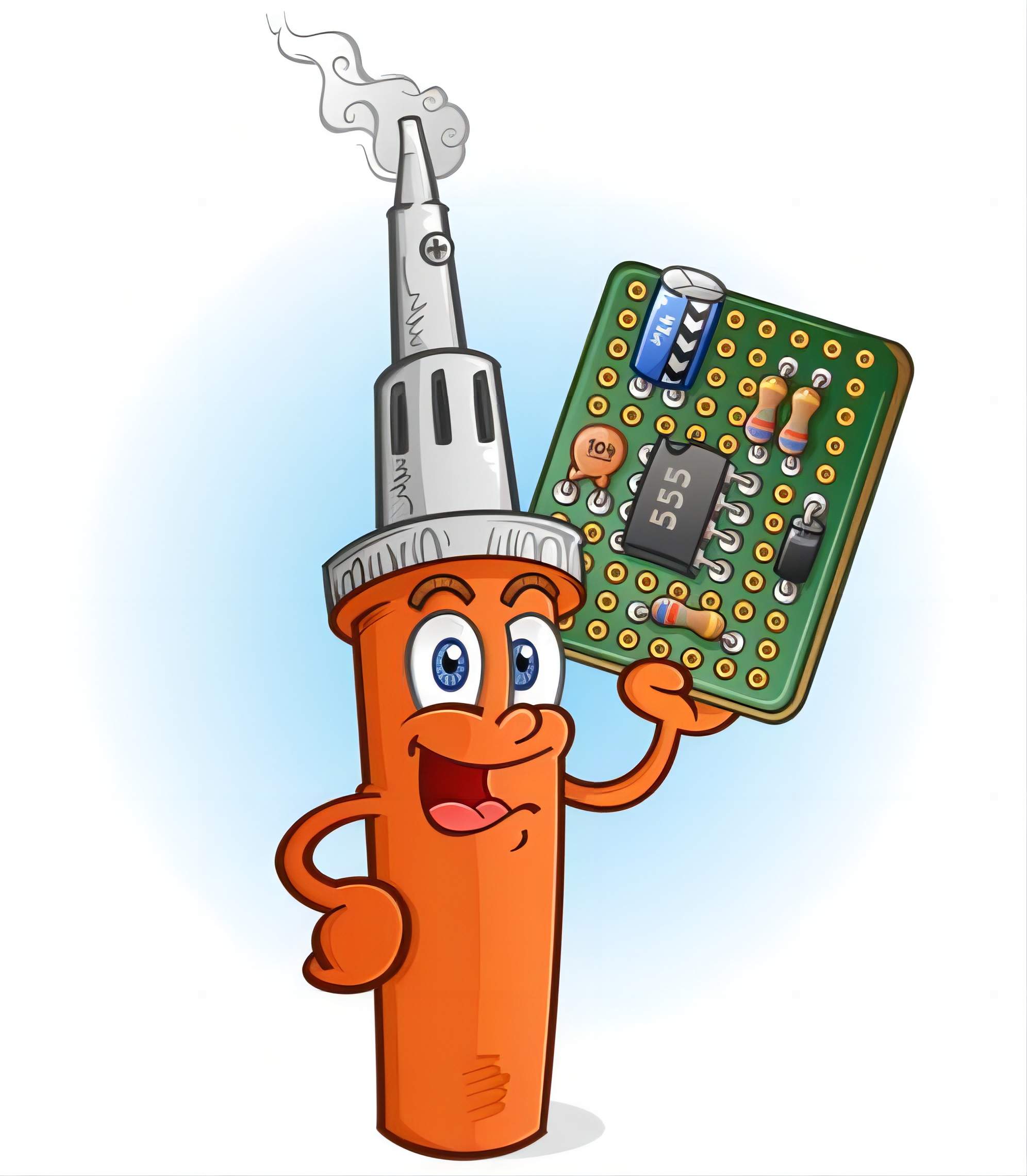
3、Brazing: KHF2 is applicable to brazing procedures, where metals are joined by melting a filler material into the joint. The incorporation of KHF2 elevates the quality and dependability of the resulting brazed connections.
4、Aerospace Industry: In the aerospace industry, precision and reliability are paramount. KHF2 contributes to the creation of strong, clean, and defect-free welds in the manufacture of aircraft components.
Safety Considerations
It's important to emphasize that although KHF2 provides substantial advantages in welding, it is a highly corrosive and toxic substance. Using it requires strict safety measures. Welders must wear appropriate protective gear, including gloves and eyewear, and ensure proper ventilation to shield against potential exposure. Furthermore, safe storage and handling protocols should be adhered to in order to mitigate the associated risks of this chemical.
Potassium bifluoride (KHF2), plays a significant role as a flux in welding by facilitating the removal of oxides, enhancing wetting, and ensuring clean, reliable welds. While it proves invaluable in certain welding applications, its corrosive and toxic attributes demand careful handling. In the realm of welding, KHF2 serves as a testament to the collaborative efforts of chemistry and metallurgy, resulting in robust, reliable, and precision-crafted welds.
When you admire a finely crafted piece of jewelry or use an electronic device in the future, you can truly acknowledge the contribution of potassium bifluoride, among other materials, in upholding the integrity and quality of these products.

